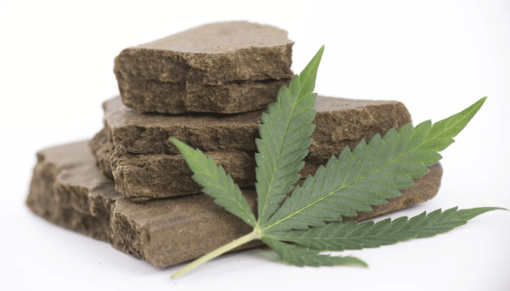Medical Benefits
Taking Cannabinoids Safely
While cannabidiol, or CBD, can assist with certain medical issues, there is always the question of “how much?” For the most part, doctors don’t know how much CBD to prescribe to a patient, because most medical schools don’t cover cannabidiols in their courses. However, that is slowly changing, as science takes a closer look at medical marijuana, it’s extracts, and how cannabinoids can be safely used.
1) Formats for CBD
Unlike recreational marijuana, which is usually smoked (or eaten), CBD can be consumed in a variety of ways, including: capsules, edibles (such as candy or gum), liquid drops or sprays, liquid oil, paste, salves, and vapors.
2) Administration Vectors for CBD
These formats break down into four major ways to administer cannabinoids to the human body:
- via inhalation (usually via a vaporizer);
- via topical application (in the form of a cream, lotion, or salve, or via a moisturizer, shampoo, or soap);
- via sublingual (in which concentrates, oils, and tinctures are placed under the tongue);
- and via ingestion (in which concentrated CBD oil is consumed as a candy or capsule, added to food, or placed in a beverage. CBD oil can also be added to baked goods, juice, and salad dressing.

